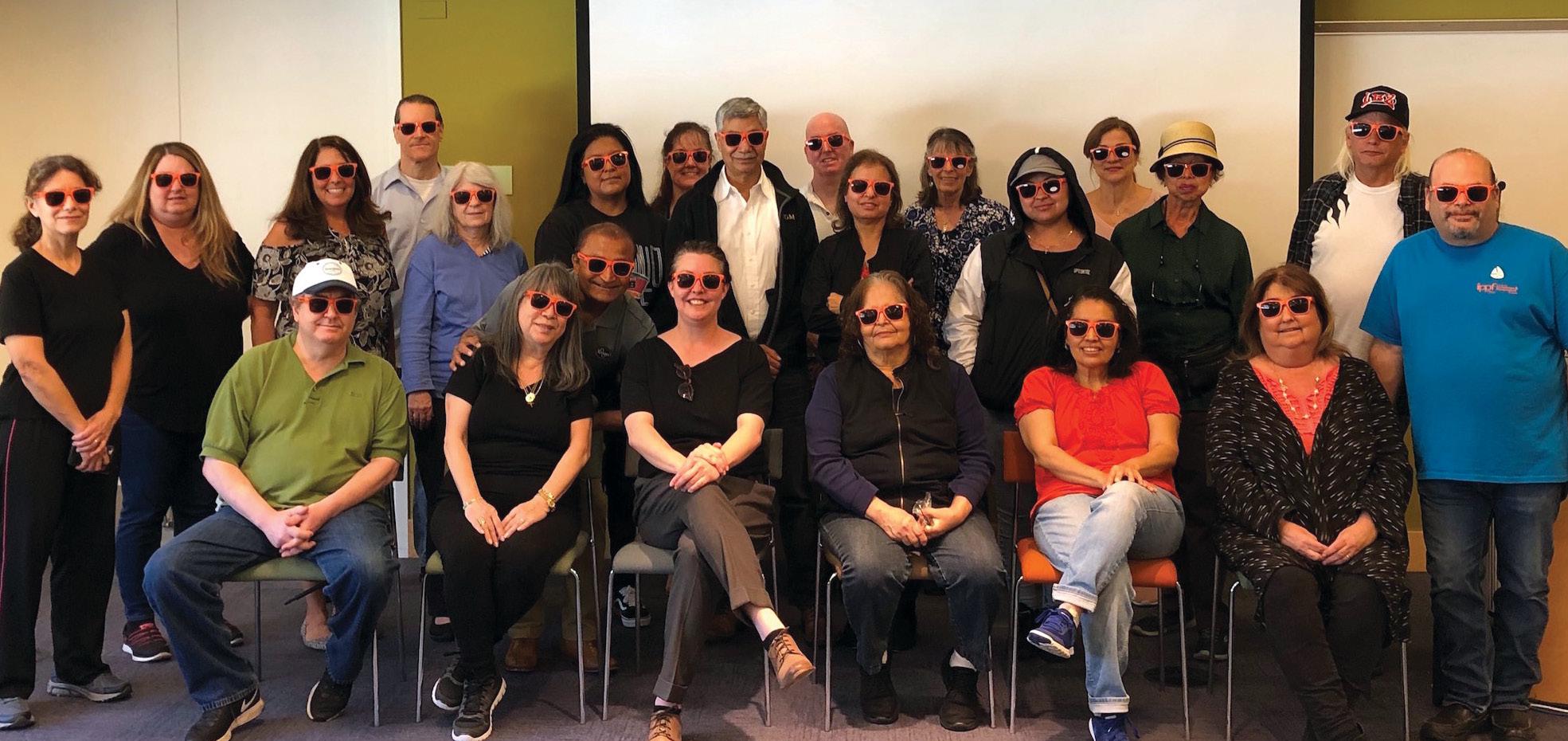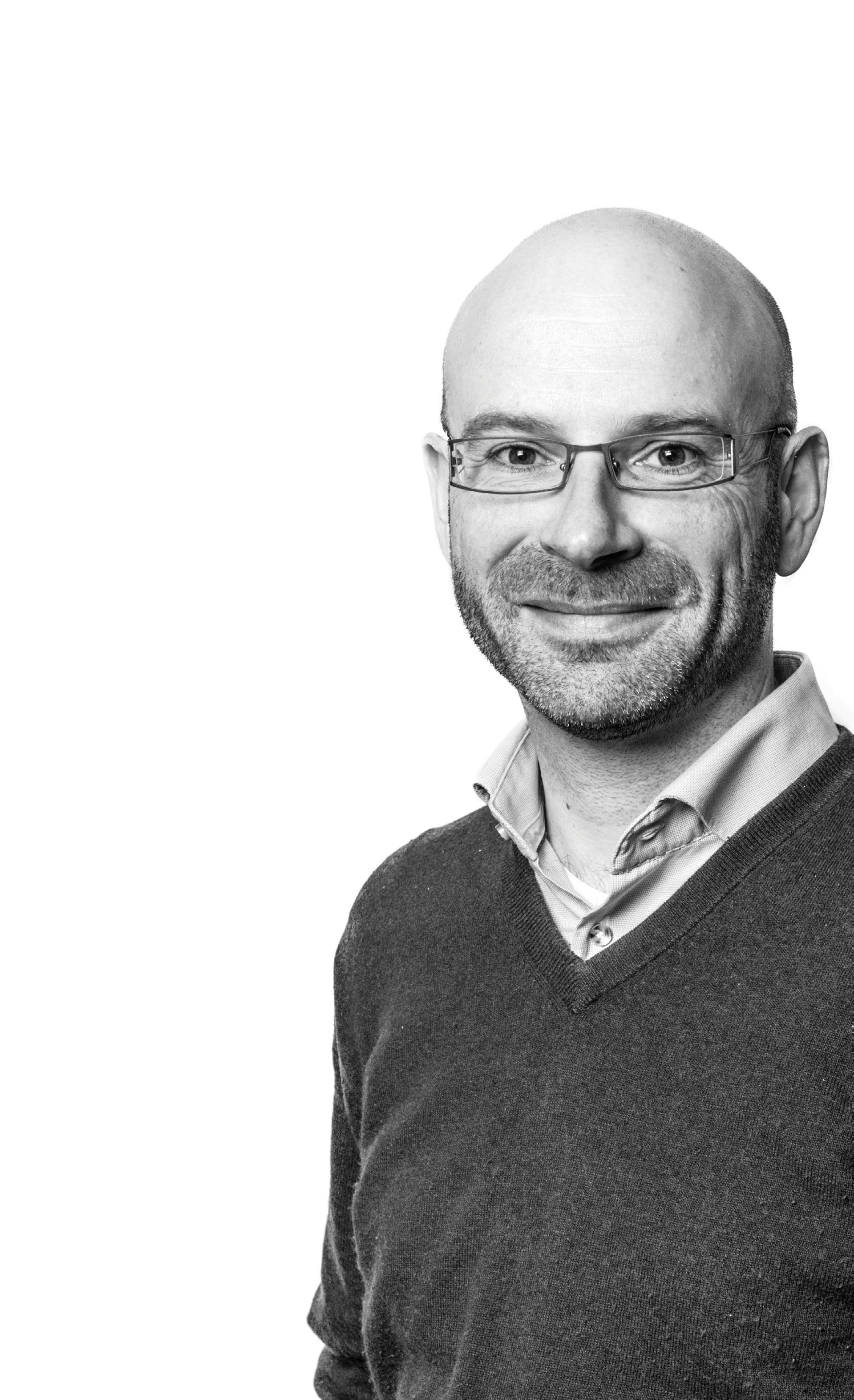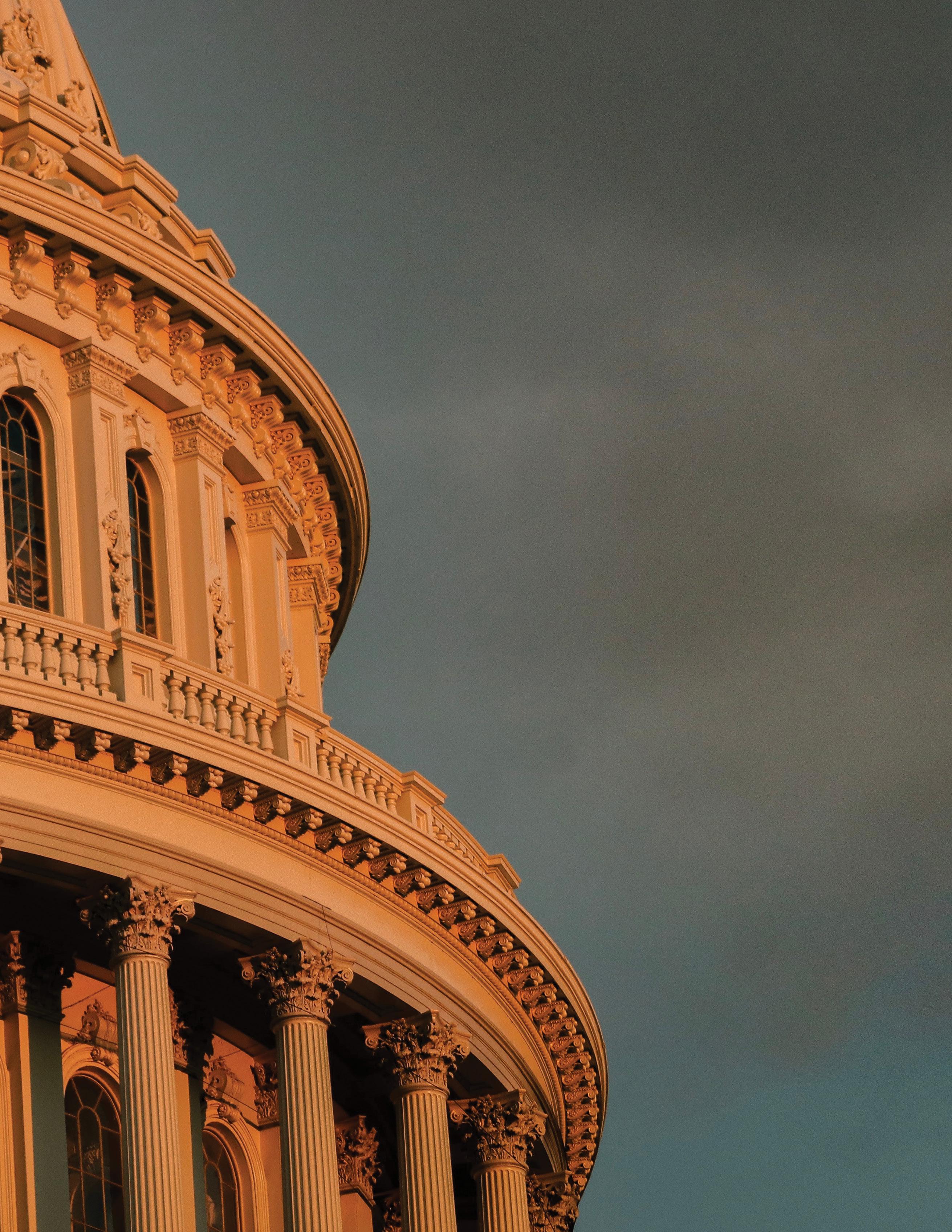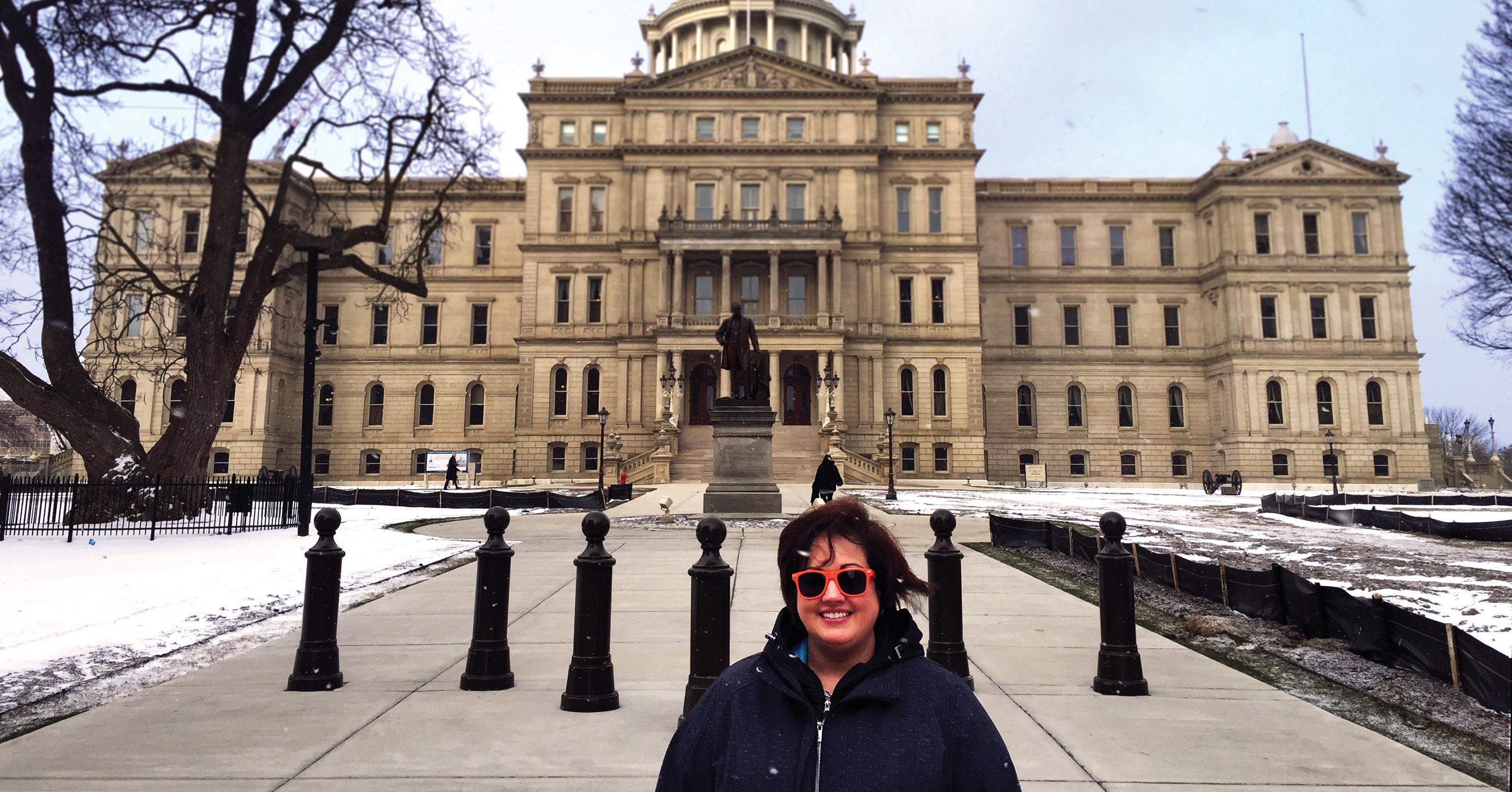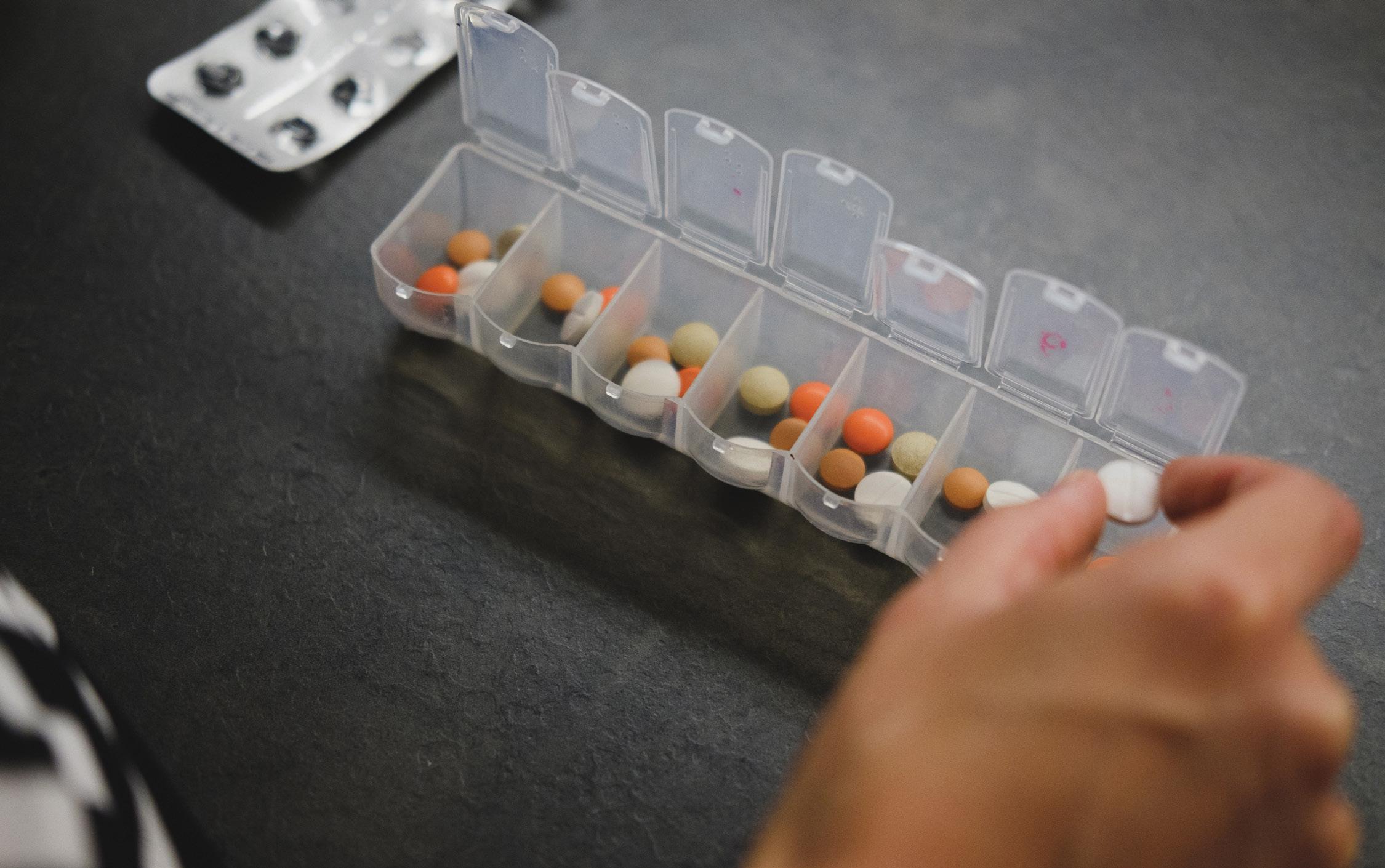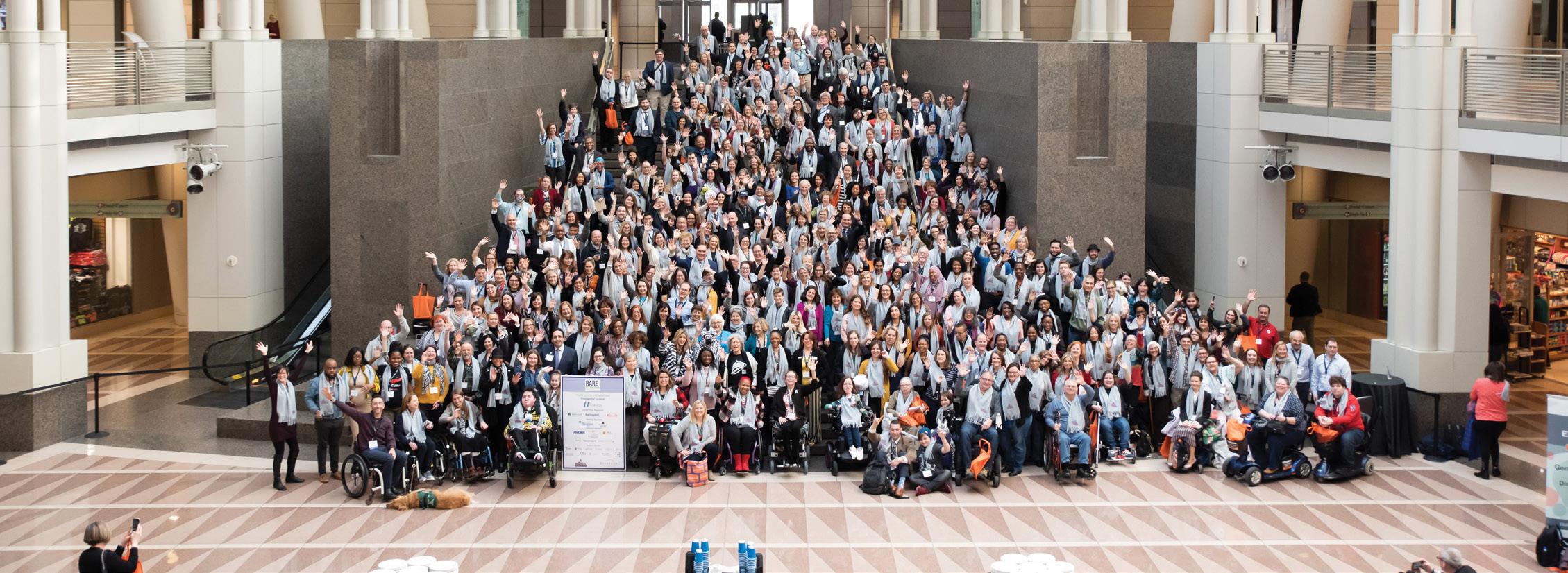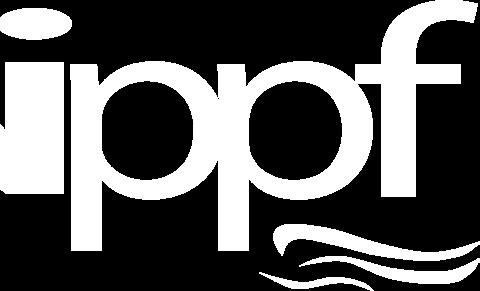to each other. I recalled all of the treatments that my doctors prescribed and challenges that I faced in my everyday activities as I realized that everyone in the room knew exactly what I was talking about. At that moment, I understood that it doesn’t matter what part of the world someone lives in, all people with these diseases share common experiences. I told the attendees about the IPPF, the services we offer, the support we give, and how the hope we provide is crucial to all those affected by pemphigus and pemphigoid (P/P). After my presentation, both a pemphigus and pemphigoid patient got up and spoke about their disease experience. Although Yen-chi was translating to English for me, I could see the familiar anguish on their faces as they described their journeys. As they spoke, I could also see the relief they were experiencing as they finally had the opportunity to share their stories with people who knew exactly how they were feeling. When I asked Yen-chi how many people they saw in the hospital at the bullous disease clinic each day, she told me they see about 200. My jaw dropped, as I couldn’t believe the large number of people who are served. She went on to tell me that many people travel
great distances from villages far from Shanghai to see an expert. It reminded me of the patients I’ve spoken to in the United States who had to travel five hours to see an experienced physician. Again, I was reminded that as rare disease patients, we have so much in common. Our language and customs may be different, but together we are all rare. Attending this important symposium taught me a great deal about the patient experience. I now understand that all patients with this disease can benefit from the support of a patient organization like the IPPF. I also realized that even though we have access challenges in the United States, we still have more therapies available. Most importantly, I learned that the IPPF can be a bridge to patients from around the world and help them communicate their stories to accelerate diagnosis and treatments. Marc Yale was diagnosed in 2007 with cicatricial pemphigoid. In 2008, he joined the IPPF as a Peer Health Coach and was promoted to Executive Director in 2016. Marc currently resides in Ventura, California, with his wife Beth and daughter Hannah.
Global Rare Disease Day The global awareness-raising campaign for people living with a rare disease takes place annually on the last day of February. The countdown has begun to the 13th edition of Rare Disease Day which will take place on 29 February 2020, the rarest day of the year. The campaign is co-created with 60 rare disease national alliance partners around the world! The main objective of Rare Disease Day is to raise awareness amongst the general public and decision-makers about rare diseases and their impact on patients' lives. The campaign targets primarily the general public and also seeks to raise awareness amongst policy makers, public authorities, industry representatives, researchers, health professionals and anyone who has a genuine interest in rare diseases. Thousands of events take place in over 100 countries to mark the occasion! Raise awareness by showing your support on Rare Disease Day 2020, find ideas on how to get involved at www.rarediseaseday.org

